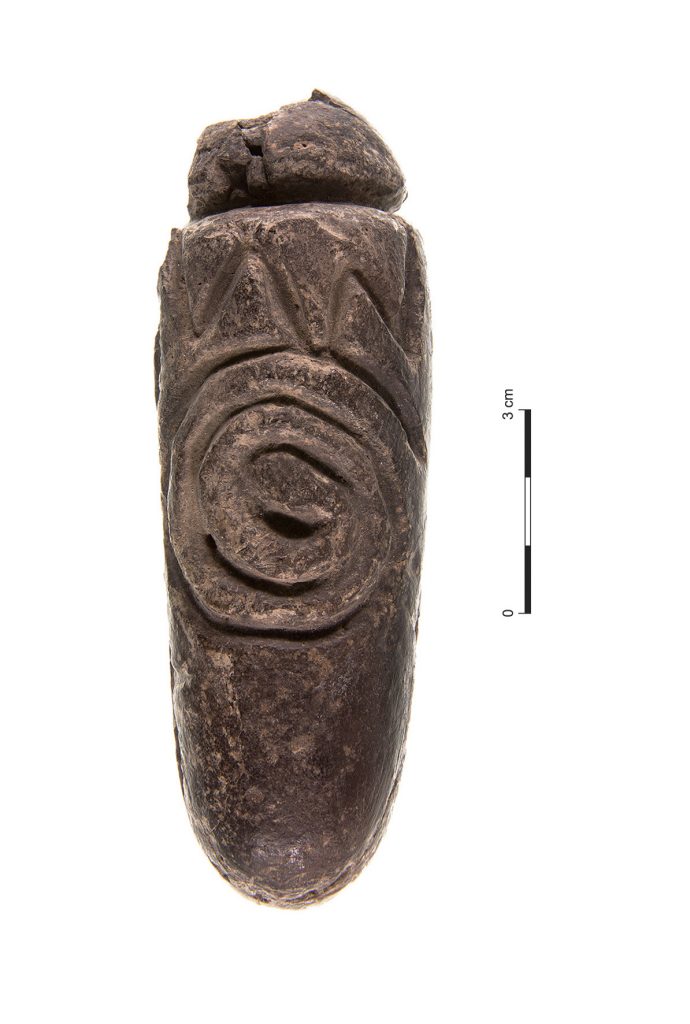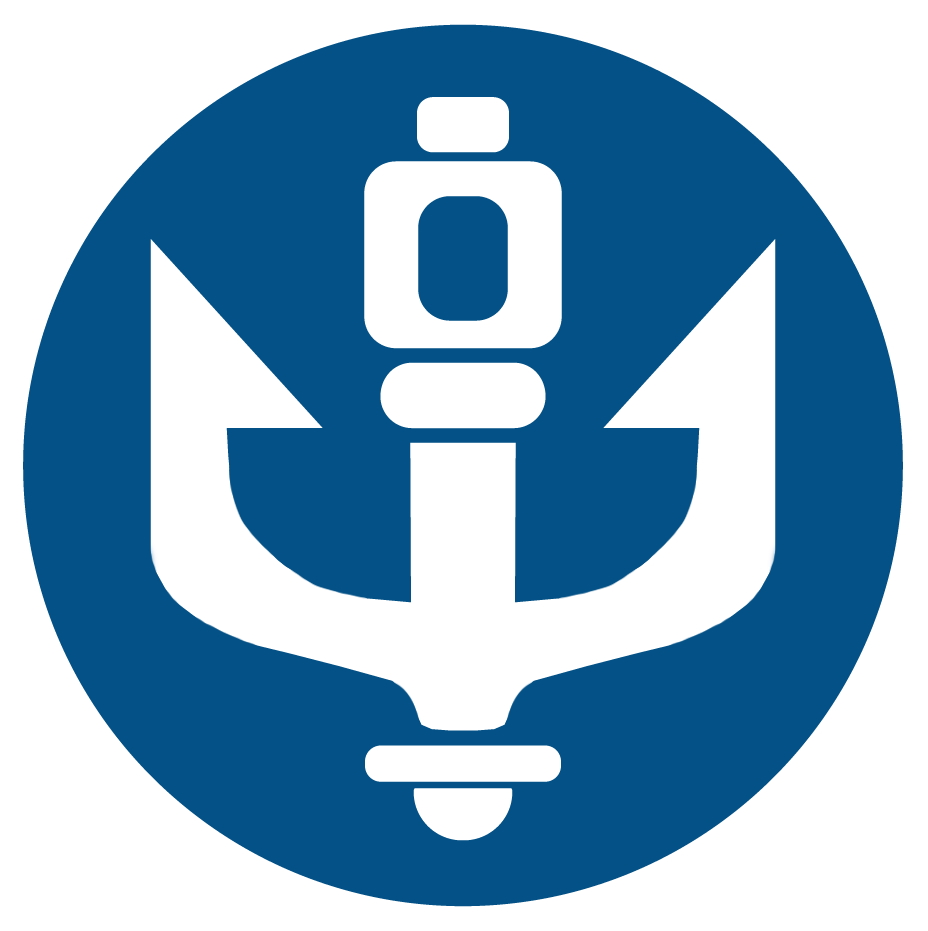A new paper was recently published in Levant, authored by Dr. Yael Rotem et al., titled “A Late 4th millennium BCE cylinder-seal amulet from Tel Yaqush and its contribution to the understanding of EB I–II communities in the Central Jordan Valley”.
This paper deals with a unique stone object found at the Early Bronze Age site of Tel Yaqush in the Central Jordan Valley. The object is understood by the authors to be a cylinder-seal amulet with incised geometric motifs, locally produced by a non-specialist craftsman in imitation of specialized seals of local glyptic tradition. The paper presents the object as part of the emerging local glyptic tradition of the period and discusses its significance to the understanding of social and cultural trends as related to the EB I–II chronological horizon in the region. The attempt to imitate a specialized object used to impress pottery vessels from a centralized ceramic production centre elicits a profound discussion on the concept of imitation and its social roots. It may be studied and interpreted using a network approach, which provides a good analytical tool to explore the village of Yaqush and its interactions within EB I–II southern Levantine social systems. Yaqush’s singular object and its specific archaeological context, serve as a basis to explore the occurrences of the 31st–30th centuries BCE and discuss relations between the Jordan Valley communities, and the way they are maintained by cultural transmission through objects and practices in this period.
Read the full text here.


